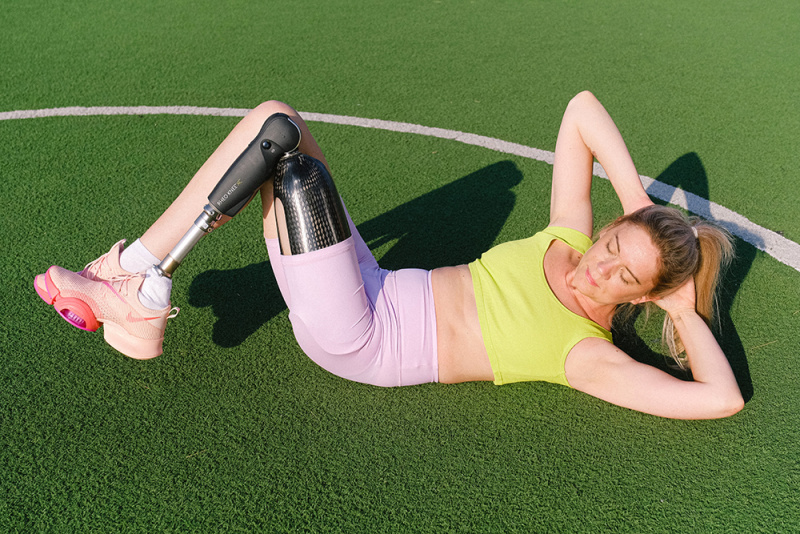When you hear the term “disability,” what is your first thought? Is a wheelchair or walker the first thing that comes to mind? Most often that is the case. It is common in our society to hear comments such as “Why is that person parking in a disabled parking space? They can walk just fine!” or “That person claims to be disabled but he is riding a bicycle! He must be working the system.”
Our minds have been trained over the years to look at a disability as something that can only be seen. A disability is defined by the Americans with Disabilities Act (ADA) as a person who has a physical or mental impairment that substantially limits a major life activity. It is easy to determine a disability exists when we can physically see it. Invisible, sometimes called hidden, disabilities are certain kinds of disabilities that are not immediately apparent to others. Examples include diabetes, epilepsy, fibromyalgia, mental illness, or chronic pain. Any one of these issues can qualify as a disability and is protected under the ADA.
A 1994-1995 survey of income and participation found that 74% of Americans who live with a severe disability do not use assistive devices. We need to start retraining our brains to not automatically assume a person who “looks fine” on the outside is not facing an illness that is limiting a major life activity.
I have a close friend who has CharcotMarie-Tooth (CMT), which is a debilitating muscle disease. As the disease progresses, it becomes very hard for her to maintain balance when she walks because her leg muscles are slowly deteriorating. She is disabled but can still walk with the help of leg braces she fits under her jeans. What would your first thought be if you saw her park in a spot for people with disabilities and then hopped onto a bicycle? Hopefully, it is something to the effect of “What a nice lady!” and not “That lady is riding a bike. She can’t be disabled. She must just be lazy. Someone needs to take away that disabled parking tag.”
Someday, she won’t be able to walk, even with the help of braces, but the exercise she gets on her bicycle helps keep her leg muscles as strong as possible and slow the progression of her CMT. It is equally frustrating to be someone with a disability and be judged either by what is seen or not seen.
International disability expert Joni Eareckson Tada explained it well when she told someone living with debilitating fatigue “people have such high expectations of folks like you (with invisible disabilities), like, ‘come on, get your act together.’ But they have such low expectations of folks like me in wheelchairs, as though the thought is that we can’t do much.”
Just as every individual is not the same, neither are disabilities. They each come with their own challenges, needs and varying degrees of abilities. Just because we cannot see it, does not mean it doesn’t exist. Listen, understand and treat everyone equally. Think before you judge the person walking or running into the store from the disabled parking space, or the person who isn’t blind but uses a service dog. Or anyone, really!
Dawne Gardner is a transportation planner with the City’s Public Works Department.


